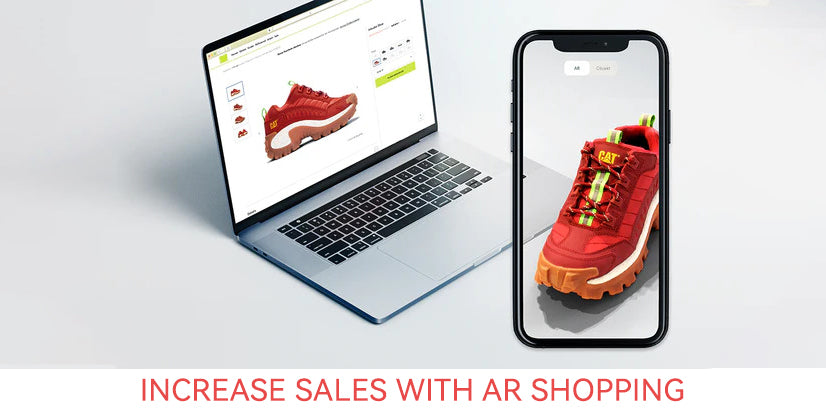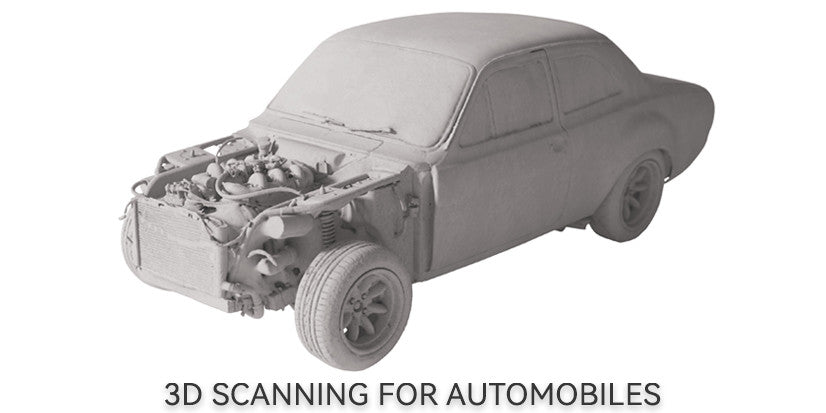Industrial design is often a race to deliver projects on time, under budget, and within specifications. And in an increasingly competitive environment, any advantage you can get that speeds up your rapid prototyping, quality control, and design processes are essential in making this happen. This is why companies that design and create products are rapidly adopting 3D scanners.
So let’s get into it and take a look at streamlining industrial design with 3D scanners.
Rapid Prototyping
Usually, prototyping is a slow process that can take months or even years, but this process has dramatically sped up with the help of 3D scanners, 3D printers, and CNC machines. These three devices quickly help engineers create an accurate 3D model and replicas of an existing product or part as starting points for a new prototype, saving tens of hours compared to manually measuring the object and then constructing it in CAD software.
This is especially useful when dealing with organic shapes, which are often harder to measure than geometric shapes. And with the help of 3D scanners speeding up this process, engineers and designers can jumpstart the whole project.

Quality Control
3D scanning your prototype or manufactured item and then comparing its 3D model to your CAD model is a quick and effective way to check if the produced item passes the check. And not only is this faster than traditional quality control measurement methods, but it also makes it far faster to identify the problem.


Reverse Engineering
Using a 3D scanner to help in the reverse engineering process really speeds up creating the CAD model and getting to the bottom of the design intent. Because without the help of a 3D scanner, constructing a CAD model is an incredibly time-consuming process that requires multiple manual measurements and testing rounds to ensure accuracy.
And with a 3D scanner, an accurate 3D model can be created in minutes and then imported into CAD software for conversion. Effectively helping engineers to streamline the process of repairing or updating obsolete or broken pieces without existing CAD models.
Collaboration
Business is increasingly global these days, perhaps your design team is far removed from your manufacturing facilities, or the design process is a worldwide collaboration. So making it easy to share prototype progress through 3D models means everyone can work from the same data set, helping keep the project on track.
With the time and cost savings that 3D scanners bring to industrial design, it’s a no-brainer to get one and start streamlining your processes. And whether you need to scan big, medium, or small objects, Revopoint has got you covered with their range of 3D scanners.



Laisser un commentaire
Ce site est protégé par hCaptcha, et la Politique de confidentialité et les Conditions de service de hCaptcha s’appliquent.